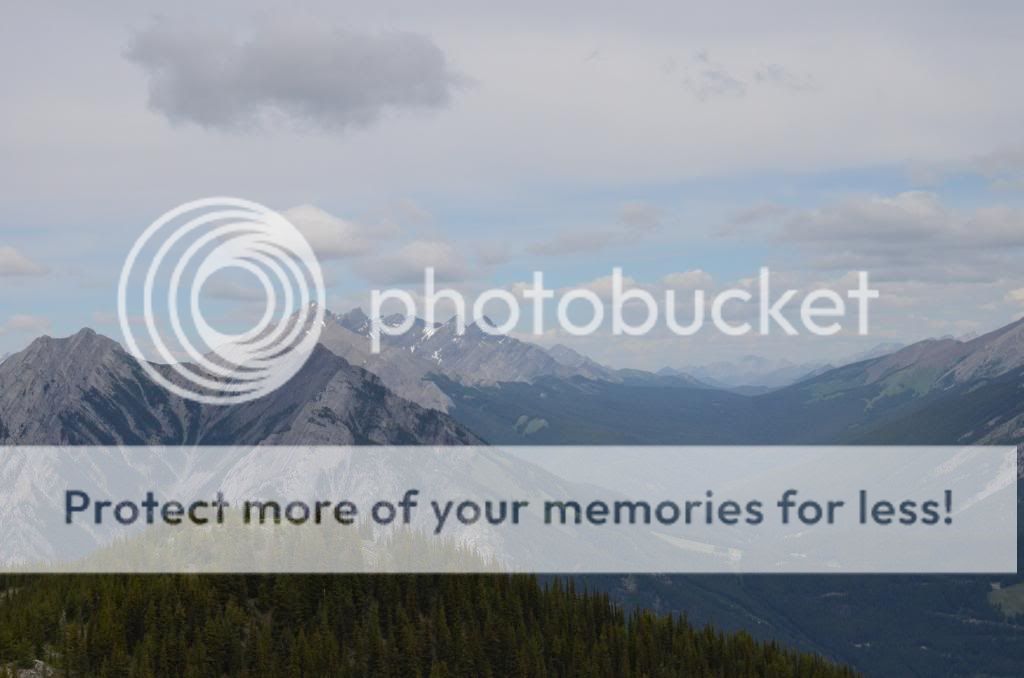goodguy
Been spending a lot of time on here!
- Joined
- Dec 5, 2012
- Messages
- 5,555
- Reaction score
- 1,121
- Location
- Toronto Canada
- Can others edit my Photos
- Photos OK to edit
Been to one of the most beautiful places on this planet, the Canadian Rockies.
I have been preparing to this trip for few months and went there with my family, we had AMAZING time, the view is simply UNBELIEVABLE!!!!!!!
Wherever you look you got lakes as smooth as mirrors, waterfalls, rivers and of course green, green and more green.
With my wife (she on the G15) we took about 3500 pictures.
Of course the moment we got back home I ran to the computer I took all the SD cards and transferred the files.
To my disappointment many of the files I took of the gorgeous view are over exposed washed out and there is very little I can do with my software to significantly improve them.
So my questions are
1.What did I do wrong ? (I am sure I should have used some kind of filter)
2.Is there anything I can do to significantly improve these files ?
Here is an example of the picture, I didn't do anything to it except turning it to JPEG from RAW.

I have been preparing to this trip for few months and went there with my family, we had AMAZING time, the view is simply UNBELIEVABLE!!!!!!!
Wherever you look you got lakes as smooth as mirrors, waterfalls, rivers and of course green, green and more green.
With my wife (she on the G15) we took about 3500 pictures.
Of course the moment we got back home I ran to the computer I took all the SD cards and transferred the files.
To my disappointment many of the files I took of the gorgeous view are over exposed washed out and there is very little I can do with my software to significantly improve them.
So my questions are
1.What did I do wrong ? (I am sure I should have used some kind of filter)
2.Is there anything I can do to significantly improve these files ?
Here is an example of the picture, I didn't do anything to it except turning it to JPEG from RAW.




![[No title]](/data/xfmg/thumbnail/37/37930-501fdf314a05686acde53d9899f68091.jpg?1734171674)
![[No title]](/data/xfmg/thumbnail/37/37611-325cc048f59de7016225f9d516b910ee.jpg?1734170737)









